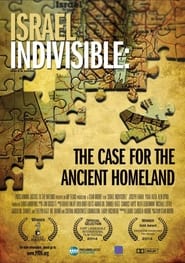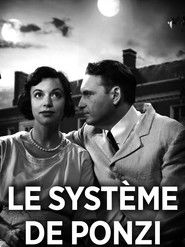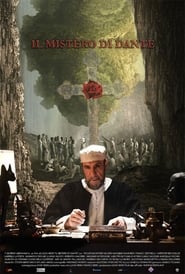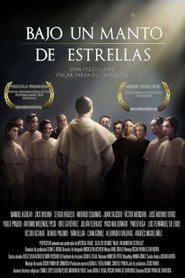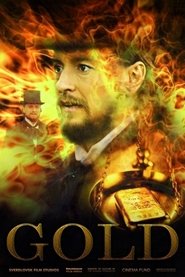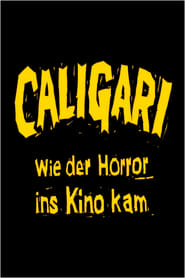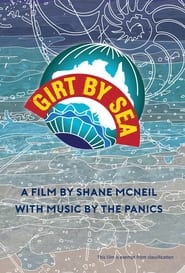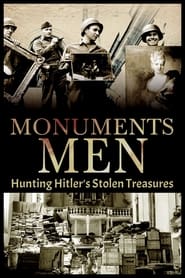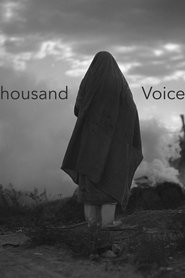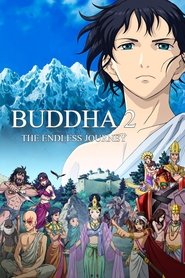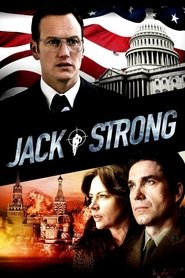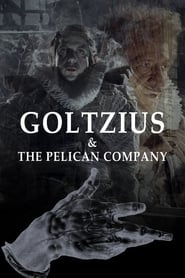New History Movies on Pantaflix - Page 402
-
Israel Indivisible
2014
Israel Indivisible
2014
Israel Indivisible tells the story of Israel and the Jewish people as seen and heard through the lives and voices of the people who lived and died to establish and hold the land God calls His. -
The Ponzi Scheme
2014
The Ponzi Scheme
2014
star 7.8Ponzi, from his arrival in Boston in 1903, to hi death in Rio in 1949. He made himself famous in inventing the first fraud of modern times on a large scale, and inspired Bernard Madoff. -
The Mystery of Dante
2014
The Mystery of Dante
2014
star 5.2A journey in the footsteps of the most famous initiate of Italian Trecento, the author of the celebrated "Divine Comedy". A poet who has inspired some of the most outstanding minds in History. -
Gold
2014
-
Caligari: When Horror Came to Cinema
2014
star 6.7On February 26, 1920, Robert Wiene's world-famous film The Cabinet of Dr. Caligari premiered at the Marmorhaus in Berlin. To this day, it is considered a manifesto of German expressionism; a legend of cinema and a key work to understand the nature of the Weimar Republic and the constant political turmoil in which a divided society lived after the end of the First World War. -
Girt by Sea
2014
Girt by Sea
2014
Girt By Sea is a cinematic love letter to the coastline of Australia - a poetic celebration of our connection to the sea as documented through archival footage over the past 100 years. -
The Second Game
2014
The Second Game
2014
star 5.6A deceptively simple set-up: the director and his father watch a 1988 football match which the father refereed, their commentary accompanying the original television images in real time. A Bucharest derby between the country’s leading teams, Dinamo and Steaua, taking place in heavy snow, one year before the revolution that toppled Ceaușescu. -
Magazzino 18
2014
Magazzino 18
2014
-
Hunting Hitler's Stolen Treasures: The Monuments Men
2014
The true story of an unlikely World War II band of brothers: the unsuspecting group of scholars, academics, historians and architects headed to the front lines to rescue thousands of years' worth of European art and culture from Nazi-occupied Europe. -
Walt Disney e l'Italia - Una storia d'amore
2014
star 7.5No other country in the world has the same kind of affection and admiration toward Walt Disney and his art and characters as Italy. His movies are legendary and his stories belong to the collective imagination of generations of Italians who grew up with his world of dreams and hopes. This documentary explores this love story. -
Uncles & Others
2014
Uncles & Others
2014
-
A Thousand Voices
2014
A Thousand Voices
2014
The story of Native American women in New Mexico, from the creation stories of the beginning of time through the invasions from Spain, Mexico and the United States. -
St. Joseph Fort: Principality of Pontinha
2014
St. Joseph Fort: Principality of Pontinha, the diamond that illuminates the Atlantic Pearl. -
Buddha 2: The Endless Journey
2014
star 7.72500 years ago, in India, Siddhartha was born as a prince of the Shakya clan, but he gives up his position as a prince to see the world. He meets a strange boy named Assaji, who can predict the future, a monk with only one eye and Depa. Siddhartha continues traveling. Siddhartha is overwhelmed by the sufferings he witnesses around him. Meanwhile, Prince Ruri of Kosara begins his attack on the Shakya clan. Second Buddha movie from Tezuka Productions. -
Rainbow's Gravity
2014
Rainbow's Gravity
2014
Rainbow's Gravity is a cinematic study on the Agfacolor-Neu colour film stock made in Nazi Germany. Along its three layers of emulsion, the film digs deep into the escapist colourised landscape of this time and asks for the material requirements, retentions and ideological continuities of the Agfacolor palette. The film sequences, projected in the former production line, dismantle not only themselves, but also our view accustomed to historicise. The film tries to realise, not only how it had been - in the darkrooms of the Agfa film factory - but also how it can be possible at all to face this reality today within film, in images and movements without a final or even conciliatory view of the past. -
Jack Strong
2014
Jack Strong
2014
star 6.5Poland, 1970. Firmly determined to fight against Soviet tyranny and prevent the destruction of the world, the high-ranking officer of the Polish army Ryszard Kukliński makes a serious decision that will put his life, his family and the fate of an entire nation at risk. -
Coco Chanel vs Elsa Schiaparelli
2014
star 10In the 1920s, the rivalry between fashion icon Gabrielle Chanel and her stylistic rival Elsa Schiaparelli gave rise to innovations in haute couture. -
Goltzius & the Pelican Company
2014
star 6Goltzius and the Pelican Company tells the story of Hendrik Goltzius, a late 16th century Dutch printer and engraver of erotic prints. A contemporary of Rembrandt and, indeed, more celebrated during his life, Goltzius seduces the Margrave of Alsace into paying for a printing press to make and publish illustrated books. In return, he promises him an extraordinary book of pictures of illustrating the Old Testament’s biblical stories. Erotic tales of Lot and his daughters, David and Bathsheba, Samson and Deliah and John the Baptist and Salome. To tempt the Margrave further, Goltzius and his printing company will offer to perform dramatisations of these erotic stories for his court. -
Etegan: Bashkir Legends In Song
2014
The film is based on the Bashkir legend about seven girls who gave their lives defending homeland from marauding raiders. It shows the ancient Bashkirs' way of life and view of the universe through folk songs: Giants, idols, and the division of the world into the World of Angels, the World of The Living and the World of the Dead. Dying in an unequal battle, the girls go to the upper world and turn into stars of the Big Dipper, which Bashkirs name Etegan.
 Netflix
Netflix
 Amazon Prime Video
Amazon Prime Video
 Apple iTunes
Apple iTunes
 Apple TV Plus
Apple TV Plus
 Disney Plus
Disney Plus
 Google Play Movies
Google Play Movies
 Paramount Plus
Paramount Plus
 Hulu
Hulu
 HBO Max
HBO Max
 YouTube
YouTube
 fuboTV
fuboTV
 Peacock
Peacock
 Peacock Premium
Peacock Premium
 Amazon Video
Amazon Video
 The Roku Channel
The Roku Channel
 AMC+
AMC+
 Kocowa
Kocowa
 Hoopla
Hoopla
 The CW
The CW
 Vudu
Vudu
 Starz
Starz
 Showtime
Showtime
 PBS
PBS
 Pantaflix
Pantaflix
 FXNow
FXNow
 Tubi TV
Tubi TV
 Kanopy
Kanopy
 Comedy Central
Comedy Central
 Crunchyroll
Crunchyroll
 Microsoft Store
Microsoft Store
 Redbox
Redbox
 Sun Nxt
Sun Nxt
 ABC
ABC
 DIRECTV
DIRECTV
 Crackle
Crackle
 Fandor
Fandor
 Plex
Plex
